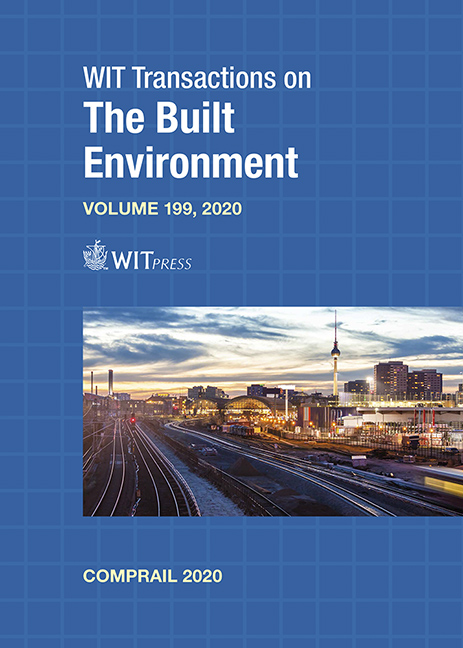CHOICE OF SENSOR FUSION FRAMEWORK FOR TRAIN POSITIONING SYSTEM
Price
Free (open access)
Transaction
Volume
199
Pages
12
Page Range
53 - 64
Published
2020
Paper DOI
10.2495/CR200051
Copyright
WIT Press
Author(s)
MONISH SENGUPTA
Abstract
The general trend in railway length is in overall decline across the country while the passenger demand is growing. To meet this growing demand as well as the capacity to deliver a safe and secure railway, there is a need for use of novel technology to cope with it. Hence the rise of ERTMS and CBTC systems where there is a shift from the conventional fixed block signalling system to moving block signalling system. Sensor fusion technique and sensors sit in the heart of these new systems. Literature review has been carried out to understand the fundamentals of these various sensors currently used on railways. With a combination of literature review and simulation, a study has been carried out via modelling and analysis to explore a better sensor fusion architecture applicable to railway environment which can adapt itself to the various sensor drawbacks. This report summarises the research undertaken and its significant findings in the filter performance with varying measurement and state noise, highlighting the potential for introducing alternative approaches to train positioning that would enable removal of all trackside location correction balises, leading to huge reduction in maintenance cost and more flexibility in future track design.
Keywords
ERTMS, CBTC, sensor fusion, signalling, train control, rail sensors





